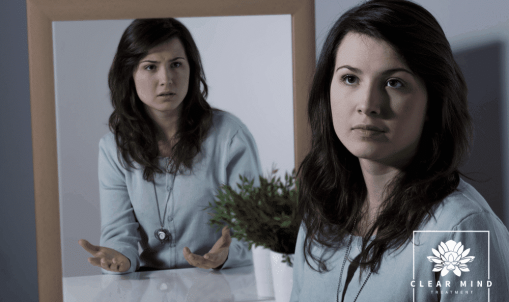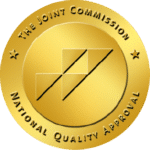Send Your Message
Tarzana, South Bay, and Santa Monica
Ketamine Therapy, TMS
and CBT.
This Program is Changing Lives.
IOP level of treatment is 3 or more hours per day for 3 to 5 days per week.
We are not in network with any PPO insurance plans, but we can accept them as an out-of-network provider.
OCD Treatment in Santa Monica. Obsessive-compulsive disorder (OCD) features a pattern of unreasonable thoughts and fears (obsessions) that lead you to do repetitive behaviors (compulsions). These obsessions and compulsions interfere with daily activities and cause significant distress.
You may try to ignore or stop your obsessions, increasing your distress and anxiety. Ultimately, you feel driven to perform compulsive acts to ease your stress. Despite efforts to ignore or eliminate bothersome thoughts or urges, they keep coming back. This leads to more ritualistic behavior — the vicious cycle of OCD.
Ketamine causes neurogenesis, which is different than traditional anti-depressants that work on the chemical levels in a patient’s brain. As many as 75-80% of people suffering have a significant improvement in their mood in as little as 1-2 treatments.

Although OCD symptoms generally fall into one of these five subtypes, it is possible to experience a change in the nature and focus of your symptoms over time.
Those suffering from this symptom subtype will usually focus on feelings of discomfort associated with germs/contamination and will wash and clean excessively.
Those experiencing this symptom subtype will often have intense thoughts regarding possible harm, either to themselves or others, and will use checking rituals to relieve their distress.
Those experiencing this symptom subtype will often have unwanted obsessions regarding sexual, religious, or aggressive themes. Triggers related to these obsessions are usually avoided at all costs.
Those suffering from this symptom subtype may feel a strong need to rearrange objects constantly. It can also involve thinking or saying sentences or words over and over again until one feels it has been accomplished perfectly.
This symptom subtype involves the collection of items of little or no value until one’s living space is consumed with so much clutter it becomes difficult to live in. This is often accompanied by obsessive fears of losing items that one feels may be needed one day.
Obsessions are persistent and unwanted thoughts, feelings, or images that cause distress or anxiety. Those with OCD may try to ignore them by performing a compulsive behavior. Obsessions typically intrude when you’re going about your daily life, often getting in the way of your personal goals.
Compulsions are repetitive behaviors that you feel as if you have to perform. Usually, these compulsions are to reduce anxiety from obsessive or intrusive thoughts. However, these compulsions often only provide temporary relief from tension.
Someone with OCD may make up rules or rituals they follow to help control this anxiety when having obsessive thoughts. These compulsions are usually excessive and not realistically related to the problem they’re intended to fix.

Some factors that may increase the risk of triggering OCD may include:
The exact cause of OCD still isn’t fully understood by science. Some theories include:
There is no surefire way to prevent OCD. Getting treatment as soon as possible can help prevent OCD from worsening and negatively affecting your life. Some people with previously treatment-resistant OCD have experienced great success with the advent of Ketamine Infusions, an innovative new treatment option.
Exactly how Ketamine treats OCD and other mental health disorders are still being researched. The current understanding is that Ketamine binds to receptors in the brain that increases the amount of a neurotransmitter, glutamate, is released. This will then set off a chain of reactions within the brain that affects thinking and emotional regulation.
To put this in simpler terms, the brain reacts to Ketamine in a way that triggers hormones that help create more positive emotions. This can occur within minutes after a person receives their infusion, but some people may need several treatments before they experience the highest level of benefits.
If you’re seeking support or if you’d like to learn more about our services, please don’t hesitate to reach out. Our team at Clear Mind Treatment is here to answer your questions, provide more information, and guide you through the process of starting your journey to mental wellness.
Certification Number: 191268AP
Expiration: 9/30/2025



Clear Mind Treatment is an intensive outpatient healing center that helps individuals struggling with depression, anxiety, trauma and related mental health concerns. Our beautiful, private facility welcomes clients to take part in our uniquely individualized treatment program.

LGBTQIA-Friendly Environment

We proudly work with veterans, police officers, firefighters, and first responders. Post-traumatic stress disorder (PTSD), trauma therapy and treatment. Have you or a loved one witnessed and or lived through a traumatic, scary, shocking or stressful event? PTSD therapy and treatment might be right for you!
